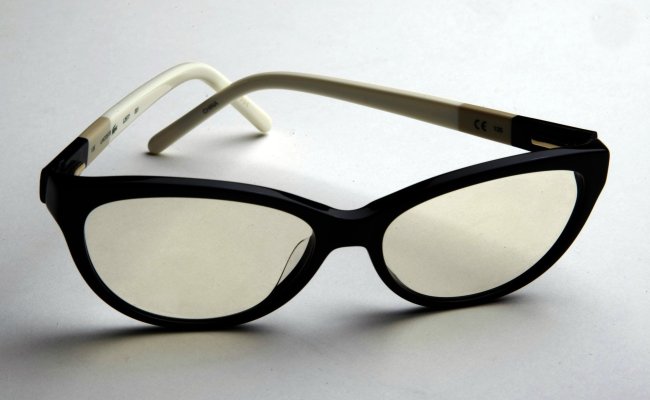One of the most common eye conditions in the summertime is pterygium, a growth of fleshy tissue on the white of the eye ― usually caused by prolonged exposure to the sun. In other countries, it is better known as surfer’s eye, as it often affects surfers in the summer.
In South Korea, about 80 percent of all patients who sought medical help for the condition from 2010-2014 were aged 50 or older. In 2014 alone, some 83,000 Koreans were treated for pterygium, spending 99 billion won ($8.8 million).
While the condition is not typically harmful, many patients choose to undergo a surgical procedure to remove the tissue mainly because of its unattractive appearance. In severe cases, a pterygium can grow onto the cornea, the outer layer of the eye, and eventually lead to blurred vision.
 |
Significant risk factors for surfer’s eye include overexposure to the sun without sunglasses, as well as irritants such as dust and wind. (MCT) |
“It is easy to mistake the condition for cataracts, but the two are very different conditions,” said an official from the Health Insurance Review and Assessment Service.
“Most of the time, the condition does not trigger any pain. But treatment is certainly needed when it starts to affect one’s vision.”
Some of the significant risk factors of the condition include overexposure to the sun without sunglasses, as well as irritants such as dust and wind. Although it does not usually cause pain, patients may experience burning or itching, as well as the sensation of a foreign object in the eye.
Overexposure to sunlight is generally harmful to one’s eye health. Aside from surfer’s eye, the sun’s UV rays have been linked to a number of eye conditions, such as cataracts, cloudy areas in the lens of the eye that can cause changes in vision.
People who stayed in the sun are known to get cataracts about 10 years before those who consciously avoided UV rays as much as possible.
The Health Insurance Review and Assessment Service encouraged wearing both a hat and sunglasses on sunny days, especially at the beach and during outdoor activities such as cycling or boating.
People purchasing sunglasses are encouraged to check if the product protects against UVB and UVA, the most damaging ultraviolet rays.
Meanwhile, mild symptoms of surfer’s eye, such as itching or burning sensation or redness, can be treated with lubricating or steroid eyedrops. Surgery can be performed when the patient’s eyesight is at risk or he or she is unhappy with the appearance of their eyes affected by the condition.
The surgery, however, can cause complications and the condition can recur after the removal of the issue.
“To prevent surfer’s eye, it is the best to make your living and working environments safe for your eyes,” said Kim Ha-kyung from the Health Insurance Review and Assessment Service.
“Use a humidifier if your home or office is too dry. Keep your place clean, because house dust is one of the most prevalent allergy trigger in any home. Make sure you wear your sunglasses on sunny days. Try to stay inside when fine dust alerts are issued.”
By Claire Lee (
dyc@heraldcorp.com)








![[Herald Interview] How Gopizza got big in India](http://res.heraldm.com/phpwas/restmb_idxmake.php?idx=644&simg=/content/image/2024/11/20/20241120050057_0.jpg)